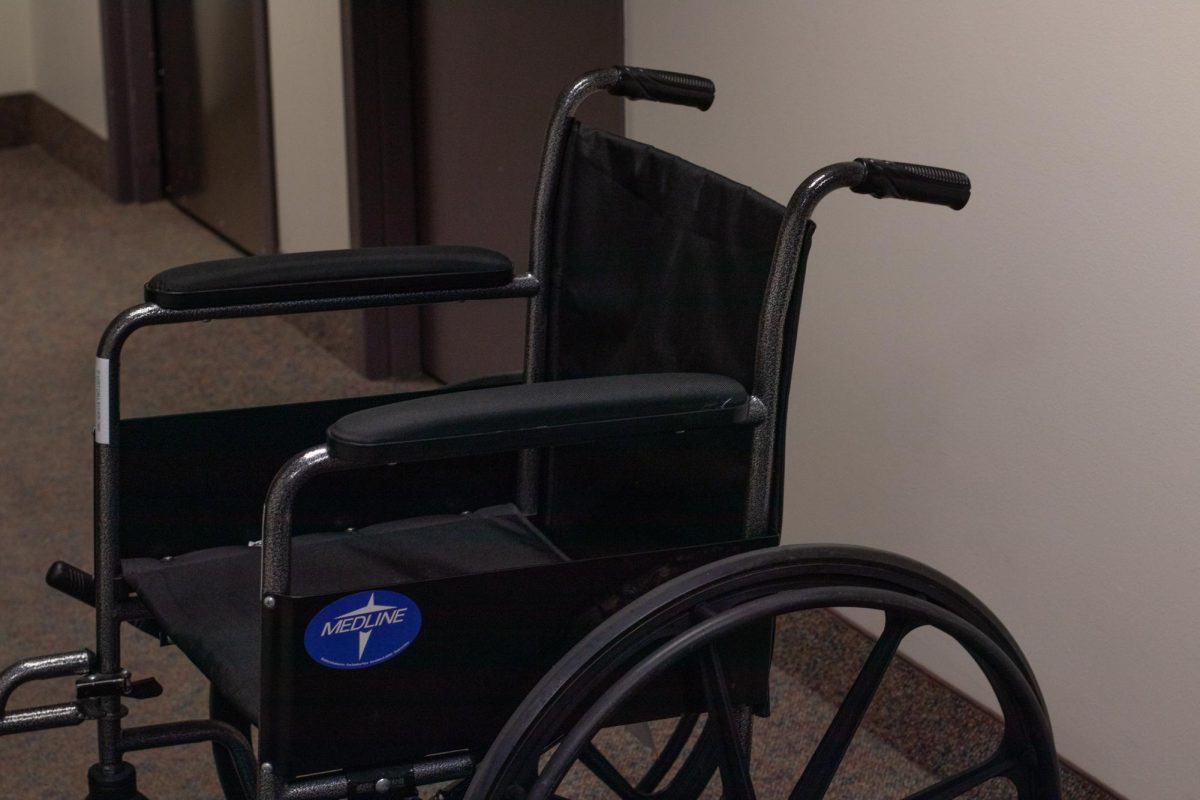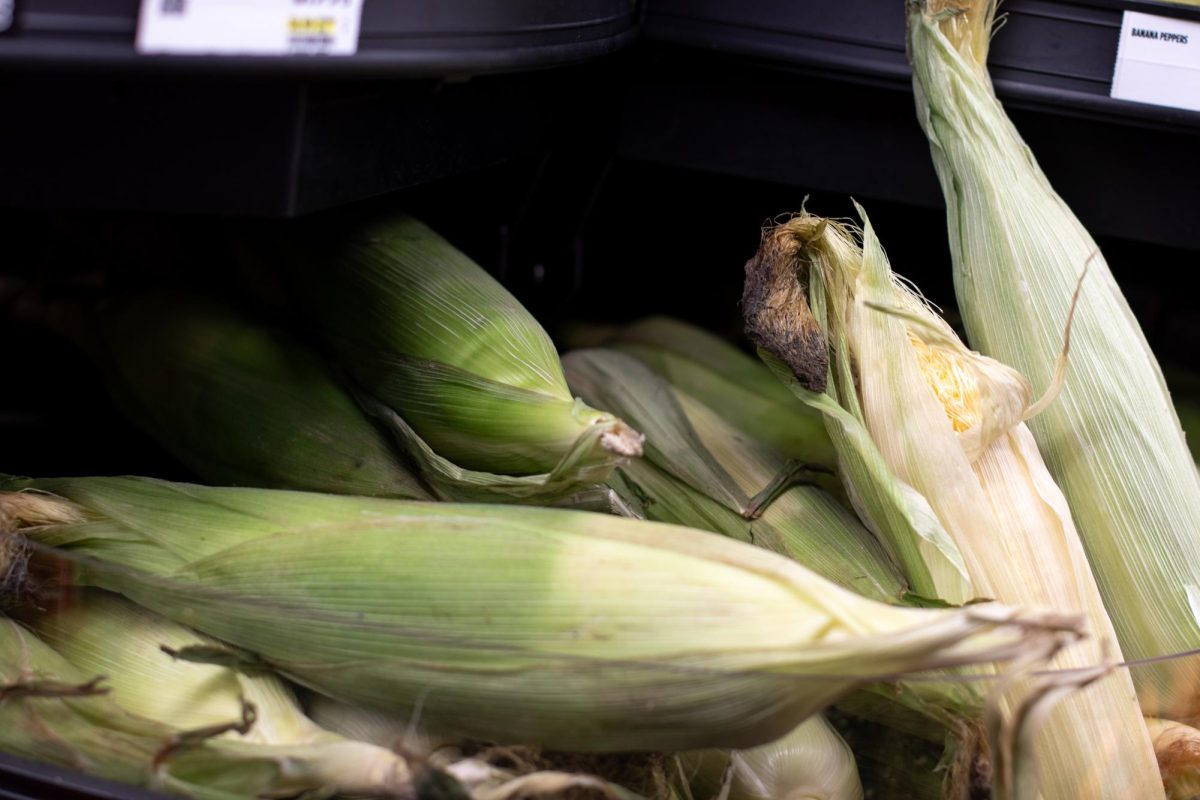An international study, involving a University of Minnesota professor, published on Nov. 13 found forests could reduce carbon emissions over the next several years if they recovered from deforestation.
Researchers across the world, from Switzerland to the U.S., said forests could absorb roughly 226 gigatons, or a billion metric tons, of carbon emissions if decisions surrounding the climate change crisis were made immediately.
Peter Reich, a professor in the Department of Forest Resources at the University and one of the authors of the study, said 226 gigatons of carbon could be enough to slow climate change over time. Carbon causes global temperatures to rise when large amounts are released into the atmosphere. Forests can help to decrease temperatures.
Researchers said of the potential 226 gigatons, 61% can be attained by preserving existing forests and another 39% can be achieved by connecting broken-up forests through sustainable management.
“We still use and will continue to use enormous amounts of forest materials for building materials for fuel for other purposes,” Reich said. “We’re not saying we have to stop [cutting down trees], we just need to do it while we’re also storing more carbon in existing forests.”
To get more context on the research, the Minnesota Daily reached out to other experts at the University to gain more insight on the content of the study.
Lee Frelich, director of the Center for Forest Ecology at the University, said the new paper is a welcomed update to existing research on the topic.
Frelich said the study used remote sensing combined with data collected from the field, like tree measurements and carbon levels in the soil, to draw conclusions.
Chad Babcock, a professor in the Department of Forest Resources at the University specializing in remote sensing, said the technique uses satellites to take pictures of specific areas on the Earth.
These pictures provide researchers with the physical attributes of a given area, which are compared to data collected by researchers on the ground, Babcock said.
Researchers can make estimations about a given forest’s ability to store carbon from these comparisons, Babcock added.
Frelich said the advantage of remote sensing allows researchers to analyze forests without having to own the land.
“It’s a matter of matching up the remote sensing to places where you have good data on the ground and [using] that to be a representative sample,” Frelich said.
Reich said the first thing that needs to be done before reforestation is switching to renewable energy sources. Reich added the paper should serve as a call to action for humans to fight climate change.
Climate change has implications for not just humans, but everything on the planet, Frelich said.
“People should care because they need to care, because climate change is going to come after them,” Reich said.















Kitten
Nov 29, 2023 at 9:51 pm
❤️